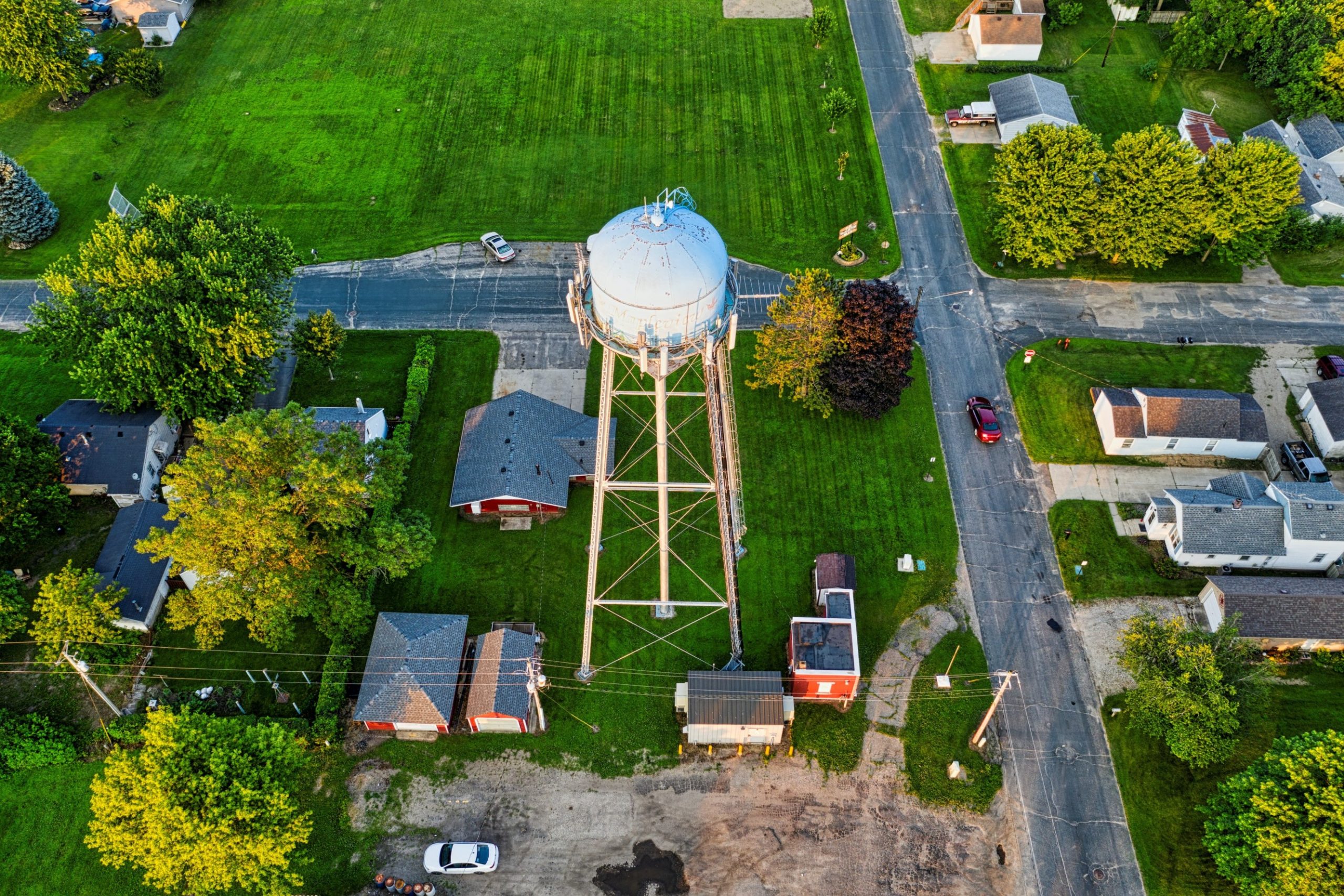The lift station is designed for storing, delivering, and distributing the municipal water supply. It contains a well that supplies the water to the tanks, pumps, and piping to raise or lower the water pressure required by different areas of the city. The controls are housed inside a “lift building,” which often includes manholes at ground level. The mechanical and electrical systems are also located here. In this article, we will explore the five best practices for monitoring a city’s lift station.
1. Educate Employees and Use Security Cameras
The first of the top five best practices is educating your employees. Particularly in areas where there is a lot of theft or vandalism, it is crucial to teach employees how to secure the lift station properly and what to do in case of an emergency. If a security camera system is in place, then the employees should be aware of where the cameras are. Employees should also be made aware of how to use an alarm in case one goes off.
Also, it is important to teach the employees the importance of maintaining strict security measures, as well as reporting any suspicious activity. With cameras and a strong security policy in place, theft or vandalism can be greatly reduced.
2. Use Security Barriers and Padlocks
Any opening on the facility which the public can access should have security barriers and padlocks. This includes access doors, manholes, utility doors, or other portals that may allow people on-site to gain unauthorized access. It is also a good idea to have the facility gated, which can be secured at night or when an employee is not present.
This can prevent people from breaking into the facility and taking valuables. Security cameras should also be installed in areas where a lot of vandalism takes place.
3. Lift Station Alarm Systems
An alarm system is a very effective way to alert authorities about possible theft or vandalism. Even when an employee is not at the station, an alarm can be triggered by anyone gaining unauthorized access. If an alarm does go off, it should be reported immediately. The person in charge of monitoring the security cameras should watch for activity around the facility on their monitor.
4. Strict Maintenance Program
The lift station should have a strict maintenance program in place. This includes regular inspections to ensure that everything is running correctly. Any problems should be addressed right away, such as a faulty light or malfunctioning control. The facility should also be checked after storms to ensure that there is no flooding or other damage.
You can create a strict maintenance program by having a list of things to check, including anything that may affect water flow. These checks should be performed regularly and also after any storm or heavy rainfall. Also, the employee in charge of monitoring the lift station should be responsible for inspecting the facility on a regular basis.
5. Valuable Equipment and Valuables
It is very important to ensure that equipment and valuables such as rubber hoses, air compressors, or electrical panels are not left unattended. If someone does gain unauthorized access to the facility, these items can be stolen or damaged without anyone knowing. Also, it is a good practice to take valuable equipment such as a generator outside of the building to prevent theft or damage.
Also, induce weekly lift station inspections. One of the most effective ways to prevent theft or vandalism is by performing regular inspections. It can be very difficult to determine if someone has stolen an item without actually seeing it. The only way to do this is to perform a full inspection each week and make notes on anything that seems suspicious or out of place. If anything seems suspicious, it should be reported immediately to city authorities and the police. This will allow you to stop theft or vandalism before it takes place.
Wrapping Up
With these five best practices in place, a city can safeguard its lift station from criminals and vandals, ensuring that the city gets the most out of its water supply. This not only keeps prices down for residents but helps to improve public safety in general. It also keeps employees who are in charge of maintaining the system safe.



